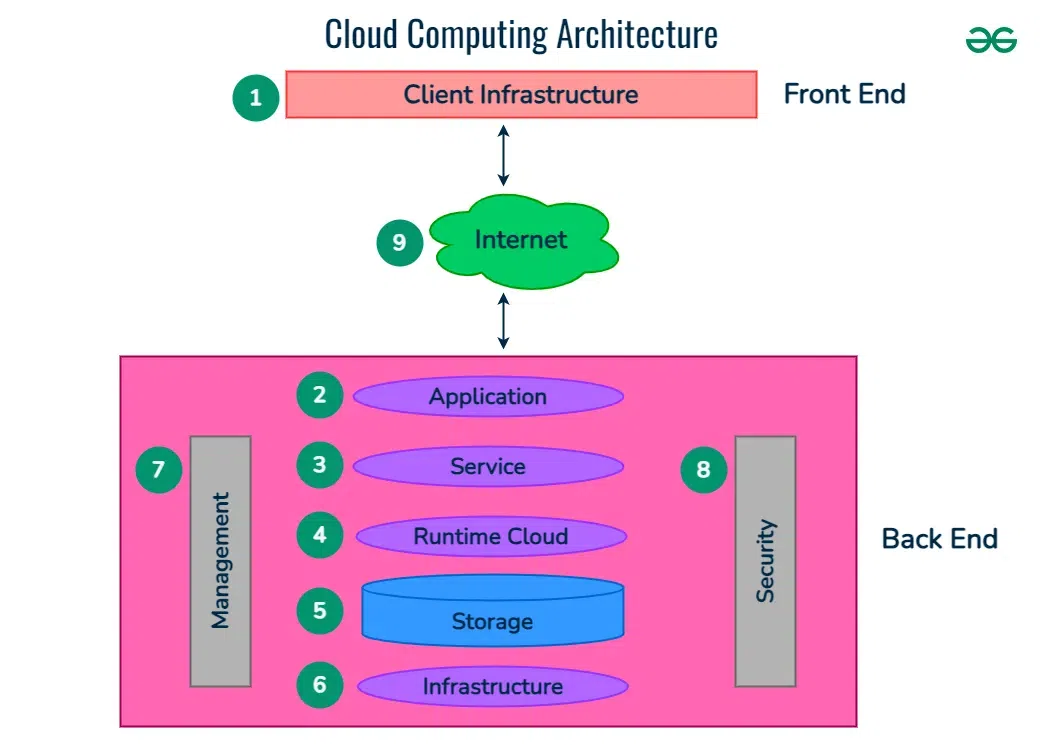Cloud Services Press Release - Latest Sector Advancements
Make The Most Of ROI With Strategic Cloud Solutions
In the fast-evolving landscape of organization modern technology, the critical utilization of cloud solutions has actually come to be a paramount consideration for organizations aiming to enhance their roi. By aligning cloud services with particular company purposes and using a meticulous method to source administration, business can unlock a wide variety of advantages that extend beyond plain expense financial savings. The complex interplay between cost optimization, scalability options, and rigid security steps in the world of cloud computing holds the crucial to not simply prospering yet surviving in today's competitive market.
Benefits of Cloud Services for ROI
Leveraging cloud services can dramatically improve return on investment by improving operational effectiveness and reducing framework expenses. One vital benefit of cloud solutions is the scalability they provide.
In addition, cloud services supply improved versatility and agility. With the capacity to access information and applications from anywhere with an internet link, staff members can work extra effectively and collaborate flawlessly. This flexibility additionally makes it possible for organizations to quickly adjust to transforming market conditions, providing a competitive edge.
Additionally, cloud services enhance safety and security steps, helping to shield sensitive information and mitigate dangers. Cloud suppliers commonly have durable safety and security procedures and consistently update their systems to resist cyber hazards. By leveraging these services, businesses can minimize the likelihood of expensive data breaches and downtime, eventually leading to a greater roi.
Price Optimization Techniques
How can companies efficiently reduce expenditures while making the most of the benefits of cloud solutions? One effective approach is to continually keep track of and readjust cloud source allotment based on real usage.
Another price optimization method includes enhancing data storage space by archiving or erasing repetitive info. Implementing information lifecycle management plans helps in taking care of data successfully, reducing storage space costs, and boosting overall system efficiency. Additionally, utilizing serverless innovations can help in additional expense decrease by charging only for real usage instead of provisioning and maintaining devoted web servers.

Scalability and Versatility Solutions
For businesses seeking to boost their operational performance and responsiveness to altering needs, executing scalable and flexible cloud services is paramount. Scalability and adaptability in cloud services enable companies to adjust their resources according to rising and fall workloads, ensuring ideal efficiency without unnecessary prices. By leveraging cloud scalability, companies can flawlessly boost or reduce their computing power, storage space, and bandwidth as needed, enabling them to meet peak needs without overprovisioning resources throughout slower durations.
Additionally, adaptability in cloud services enables business to adjust quickly to market changes and technical innovations. With the ability to quickly incorporate new tools and services into their existing cloud facilities, companies can remain competitive and nimble in today's hectic organization setting. Whether it's deploying new applications, expanding into new markets, or fitting remote workforces, versatile cloud options give the dexterity and flexibility required for sustained growth and success.

Safety And Security Actions for Data Defense
Executing durable safety and security measures is vital for This Site safeguarding sensitive information and ensuring data defense in cloud environments. When using cloud solutions, companies must prioritize safety to mitigate risks connected with information violations and unauthorized gain access to. File encryption plays a crucial role in securing information both en route and at rest. By encrypting information, organizations can guarantee that even if information is intercepted, it remains unreadable without the appropriate decryption secret.
Multi-factor verification (MFA) is one more vital security step that includes an additional layer of protection by requiring customers to give multiple types of verification before accessing delicate info. This assists protect against unauthorized gain access to, even if login credentials are jeopardized.
Routine protection audits and monitoring are vital parts of keeping data safety and security in the cloud. By carrying out regular evaluations and keeping an eye on for any type of suspicious tasks, companies can without delay determine and address possible safety threats before they rise.
Moreover, executing role-based access control (RBAC) makes sure that only accredited workers can access specific information sets, reducing the danger of data leakages or unauthorized alterations (linkdaddy cloud services). By incorporating these safety and security gauges into their cloud approach, companies can enhance information protection and decrease safety and security susceptabilities
Maximizing Functional Effectiveness
To maximize functional effectiveness in cloud settings, calculated resource allowance is paramount for simplifying processes and boosting overall performance. By leveraging cloud services effectively, companies can scale sources up or down based on demand, minimizing functional costs and maximizing effectiveness. Automating regular tasks, such as software application updates or data back-ups, through cloud monitoring tools can maximize IT teams helpful hints to concentrate on more critical efforts. Implementing tracking and analytics devices within the cloud infrastructure permits real-time visibility into performance metrics, making it possible for proactive identification and resolution of prospective concerns before they you can find out more impact procedures. Additionally, embracing a cloud-native strategy to application advancement and release can better optimize operational efficiency by enhancing agility and lowering time to market for brand-new services. Collaborating closely with cloud company to straighten resources with business objectives and regularly reviewing and optimizing cloud usage can ensure that functional performance continues to be a top concern for continual success in the cloud atmosphere.
Verdict
In conclusion, leveraging critical cloud solutions can considerably enhance functional performance and minimize facilities costs, inevitably maximizing return on financial investment for organizations. By implementing cost-saving methods, optimizing information storage, and making sure data security via safety steps, services can achieve scalability, adaptability, and improved efficiency in the cloud environment. Making best use of ROI with cloud services calls for constant monitoring, optimization, and automation to adapt to altering work and ensure sustained growth and success.
In addition, cloud services improve protection steps, aiding to safeguard sensitive information and minimize risks (universal cloud Service).Executing durable protection steps is necessary for protecting delicate information and making sure data security in cloud environments. When making use of cloud services, organizations must prioritize safety to mitigate threats associated with data violations and unapproved accessibility. Working together very closely with cloud service suppliers to straighten resources with business goals and routinely evaluating and maximizing cloud use can make sure that operational performance remains a top concern for sustained success in the cloud environment
By carrying out cost-saving techniques, maximizing data storage space, and making certain information protection with safety actions, companies can accomplish scalability, versatility, and improved efficiency in the cloud environment.